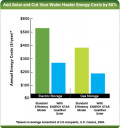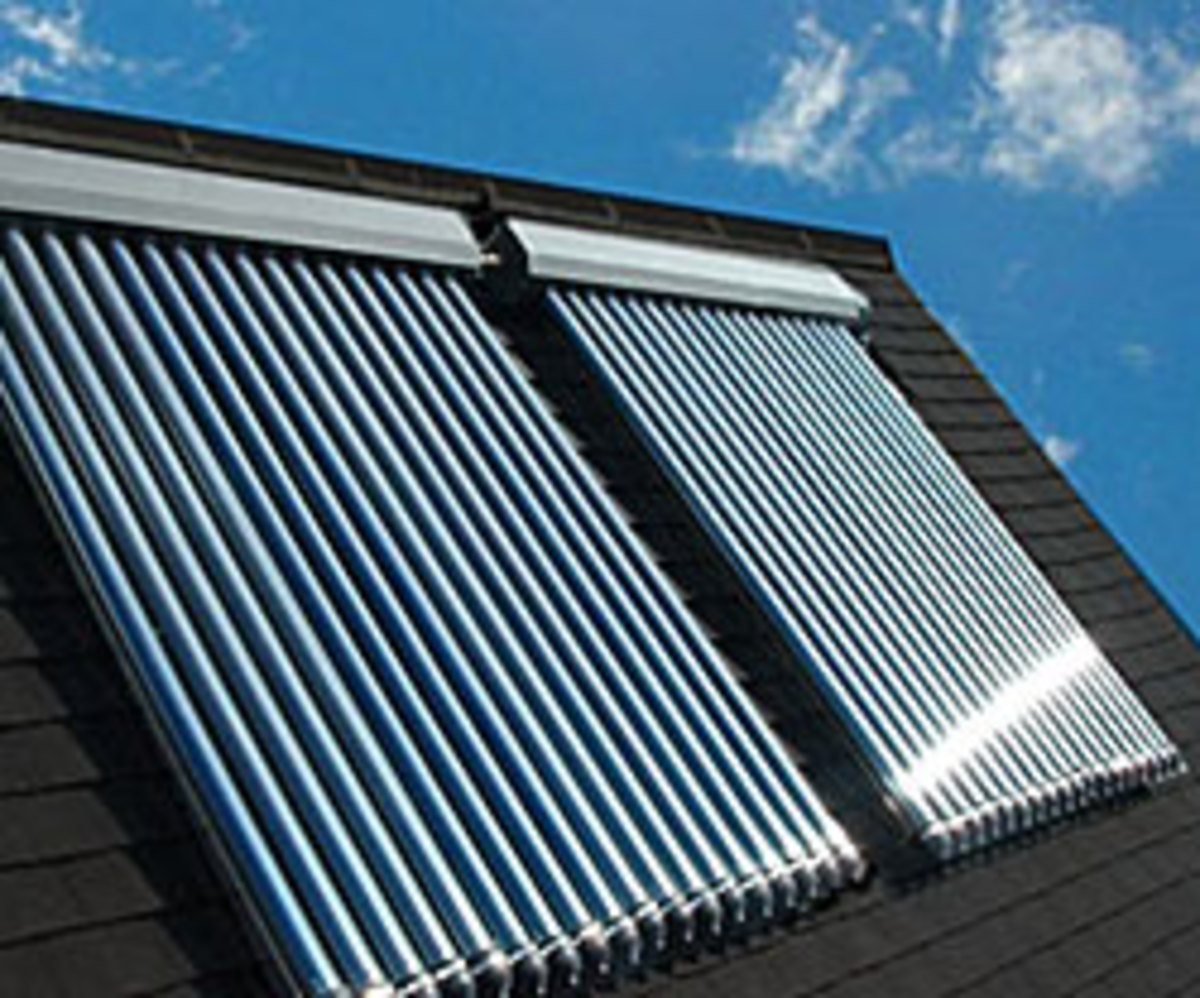The Best and Simplest Passive Solar Heating Options
What Is Passive Solar Heating?
Passive solar heating refers to using solar energy and heat from the sun to heat things, whether heating your home or cooking food.
There are a number of ways to utilize passive solar heating in your home.
Let There Be Light
One of the simplest things you can to do enjoy passive solar heating is open the blinds or curtains to let natural light and heat into your home. Your windows can be seen as a natural source of passive solar heating as long as the heat let in isn't lost again through an open window or slowly lost through uninsulated walls and windows.
You can improve this natural passive solar heating by applying certain films to the windows. These films can let natural light in while preventing heat from escaping. In some areas, you choose the opposite - letting light in but reflecting heat away.
Installing new windows with solar control films may be the best long term solution if you want to use passive solar heating in your home. The solar control films will let light in but trap heat on the side you decide you want it to stay on. More advanced solar control films will let light in at specific angles but not others, so it lets natural light and heat in at the morning light angles but only light and not heat when the sun is higher in the sky.

Controlling the Light
We've already addressed solar films that control the flow of light and heat through a window. And often unappreciated option is adding thermal mass to the window. For example, putting bricks in a window where it absorbs the sun's warmth before slowing releasing it into the room is an option, though it does limit light that can come through the window. A less extreme version is letting light in during the day when you can, then closing shutters, insulating drapes and dampers to keep the heat from the day in the home at night.
You can maximize passive solar heating of the windows designed to face the mid-day winter sun or the west to maximize solar energy collection. However, maximizing the number of windows overall is bad because you'll lose heat through the windows relative to heat loss through solid walls. If you already own your home, thinning foliage that blocks western exposures while improving shade on the northern and southern sides will improve your passive solar heating.
The Exterior of Your Home
We are advised to wear white on a summer day to reflect the light from our bodies, reducing warming. Conversely, dark colors absorb the heat.
You can use the same concept to improve the passive solar heating of your home, such as putting a black asphalt shingle roof on your home instead of a white one. The U.S. Department of Energy reported that black tar roofs are up to 50 degrees Fahrenheit warmer than white "cool roofs".
Painting your home dark colors, however, may take effort to get past the homeowner's association or planning committee.However, studying whether or not to turn off an attic fan so that the hot air in the attic isn't vented to the outside, warming your home overall, is a viable choice that requires no one else's permission. One caveat though is to study how the attic fan is moving air in the first place. Attic fans that push air through the attic to keep it cool but pull cool air from the air conditioned house will drive up the electric bill due to higher AC costs more than it would save from reduced conductive heating through the ceiling from a hot attic. And an attic fan that moves cold air through the house in the winter that leaks into the home is of no benefit at all.
The Greenhouse Effect
The greenhouse effect is named for the heating of a building as sunlight streams into it, warming it up, while the building's design traps the heat in the greenhouse, causing it to become hotter.
If you already have a sunroom, the greenhouse effect is already an option for passively heating your home with solar. When the room is warm, open the door from the sun room to the rest of the house and turn on a fan to circulate that warm air through the home.
Solar Hot Water Heaters
Solar hot water heaters are often active systems featuring a solar collector on the roof capturing and concentrating the heat before pumping the heated water throughout the house. Solar hot water heaters can be passive, too, when the solar collector collects the sun's heat and heats up only the water in a storage tank beneath it.
When the solar hot water tank is located in the house, it passively heats the home in the process. This same principal is seen in cisterns, water walls and roof ponds that collect heat during the day and slowly radiate it to the house at night in some passive solar buildings.








